- Continue Shopping
- Your Cart is Empty
Cocktail Party: 4 Winter Warming Drink Recipes

Included in this Article...
- Tart & Tawny Mulled Cider
- Classic Egg Nog
- Rye & Fir Old Fashioned with Tree Syrup
- Kombucha Lemon Ginger Buzz
Introduction
The New Year is a guiltless holiday, or at least it should be. It’s a time to reflect on the past year, yes, and to draw what lessons we may from it. It’s also a time to look forward, to set our sights on what we might like to accomplish or improve upon. Finally, it’s a time to just be in the moment, as the clocks tick slowly towards midnight, and friends are gathered together, on the cusp of new beginnings. The mood is at once celebratory and thoughtful, a ripe breeding ground for toasts and proclamations made with glasses raised high. What will be in yours?
We offer some suggestions.
Cocktails for the Season
Each of these four cocktails contain elements of the new homestead kitchen; eggs from the chickens, kombucha from the crock on the counter. Bitters that you might have made yourself, or apple cider from trees whose roots are intertwined in some way with your own. No matter how the ingredients were grown or gathered, they are in every sense a reflection of both the season and the moment at hand.
Please drink responsibly, and with delight.
Drink One: Tart and Tawny

This recipe comes to us from the seasonally appropriate book, Winter Cocktails: Mulled Ciders, Hot Toddies, Punches, Pitchers, and Cocktail Party Snacks.
It’s a variation on a classic mulled cider, tartened and tanged up with the addition of clementines and cranberry juice, then mellowed and silkened with the addition of tawny port. (What’s the fun of being a food writer if you can’t make up new words?!)
It’s delicious served warm, with slices of whole spiced apple floating in the ruby brew, like the opposite of ice cubes, warming a body from the inside out. This is a good one for the communal punch bowl, too, as the recipe is easily scaled up, and the alcohol content is lower than you might expect; the fire comes not just from the alcohol in the tawny port, but from the toasting of spices, and the slow simmer of warming ingredients.
Makes about 3 pints.
Ingredients
- 1 tablespoon whole allspice berries
- 1 tablespoon black peppercorns
- 1 tablespoon whole cloves
- 2 teaspoons whole coriander
- 3 cinnamon sticks
- 1 cup apple cider
- 3 cups cranberry juice
- Rind and 1/4 cup of juice from 1 large orange
- 8 ounces tawny port
- 1 Granny Smith apple, peeled, cored, and cut into 1/4” slices
- 1 clementine or small orange, scrubbed and cut into 1/4” thick rounds
- 2 tablespoons dried cranberries
Directions for Tart and Tawny

1. Cook Spices
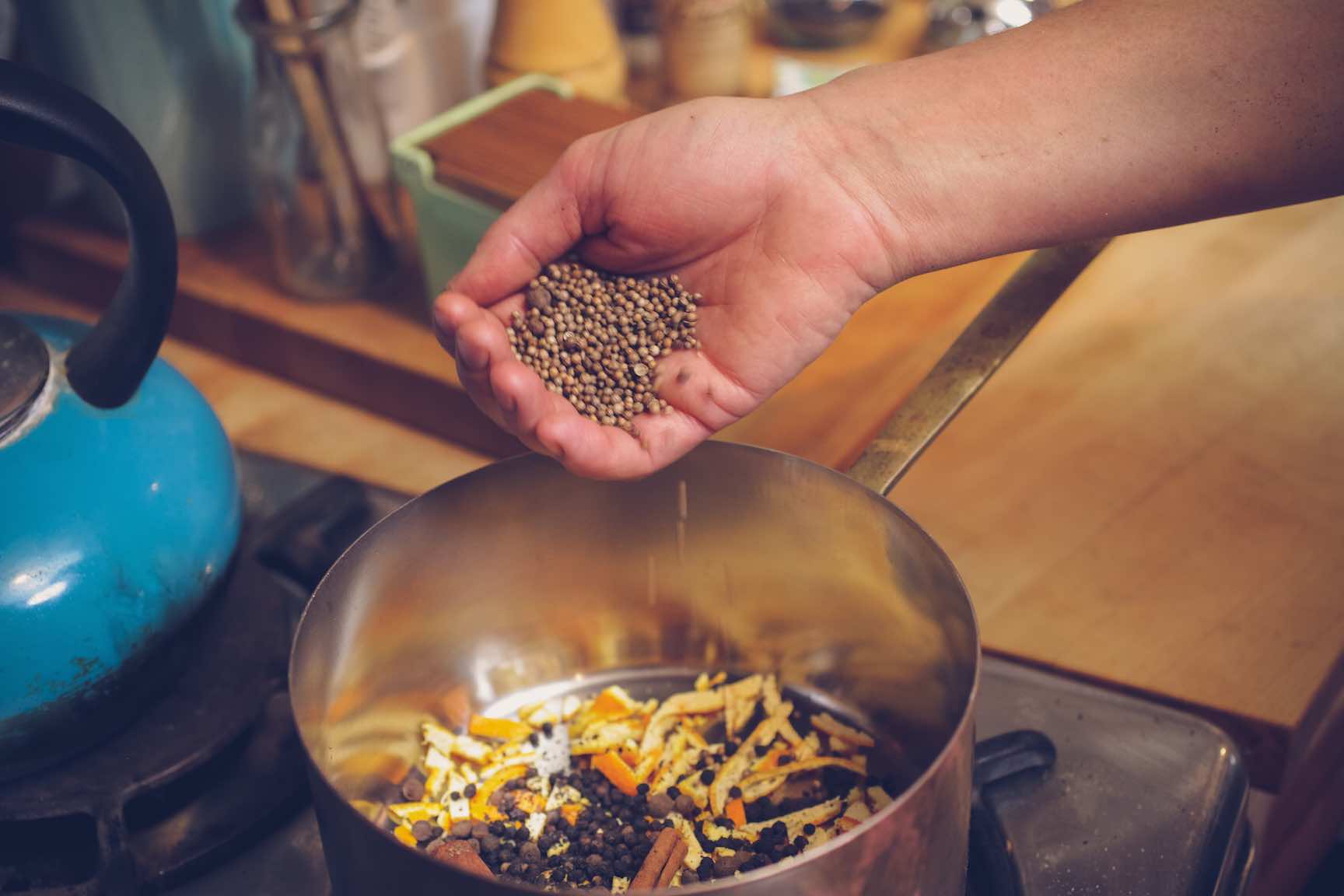
Place allspice, peppercorns,cloves, coriander, and cinnamon in a medium saucepan. Cook, stirring, over medium heat until fragrant, about two minutes,
2. Simmer

Stir in apple cider, cranberry juice, orange rind and juice, and port after toasting the spices, and bring to a simmer over medium heat, stirring occasionally. Reduce heat to lowest setting and simmer for 15 minutes.
3. Strain

Strain the mixture through a fine-meshed sieve into a bowl and discard solids.
4. Add Final Ingredients


Return cider mixture to a saucepan and add sliced apples, clementines, and cranberries. Simmer over medium-low heat until apples are fork-tender but still retain their shape, and cranberries are plump, about 10 minutes.
5. Serve!

Serve and enjoy!
Drink Two: Classic Eggnog

It’s pretty much impossible to drink this past February, right? So this may be the last time you have to enjoy this creamy, decadent, boozy delight. We got this recipe from the same place we got the last one—Winter Cocktails is becoming a staple this time of year! For the lactose intolerant, this recipe may also be made with coconut milk and cream substituting for the dairy ingredients. Also delicious. Of course, all eggnog recipes may be made without alcohol, as well.
Makes about 2 quarts.
Ingredients
- 8 large eggs, separated. Room temperature eggs will whip up the fluffiest. Fun fact!
- 1/4 cup packed dark brown sugar
- Pinch of salt
- 2 cups heavy cream
- 2 cups whole milk
- 1 cup brandy
- 1 cup dark rum
- 1 tablespoon vanilla extract
- 1/2 cup granulated sugar
- Freshly grated nutmeg
Directions for Classic Eggnog
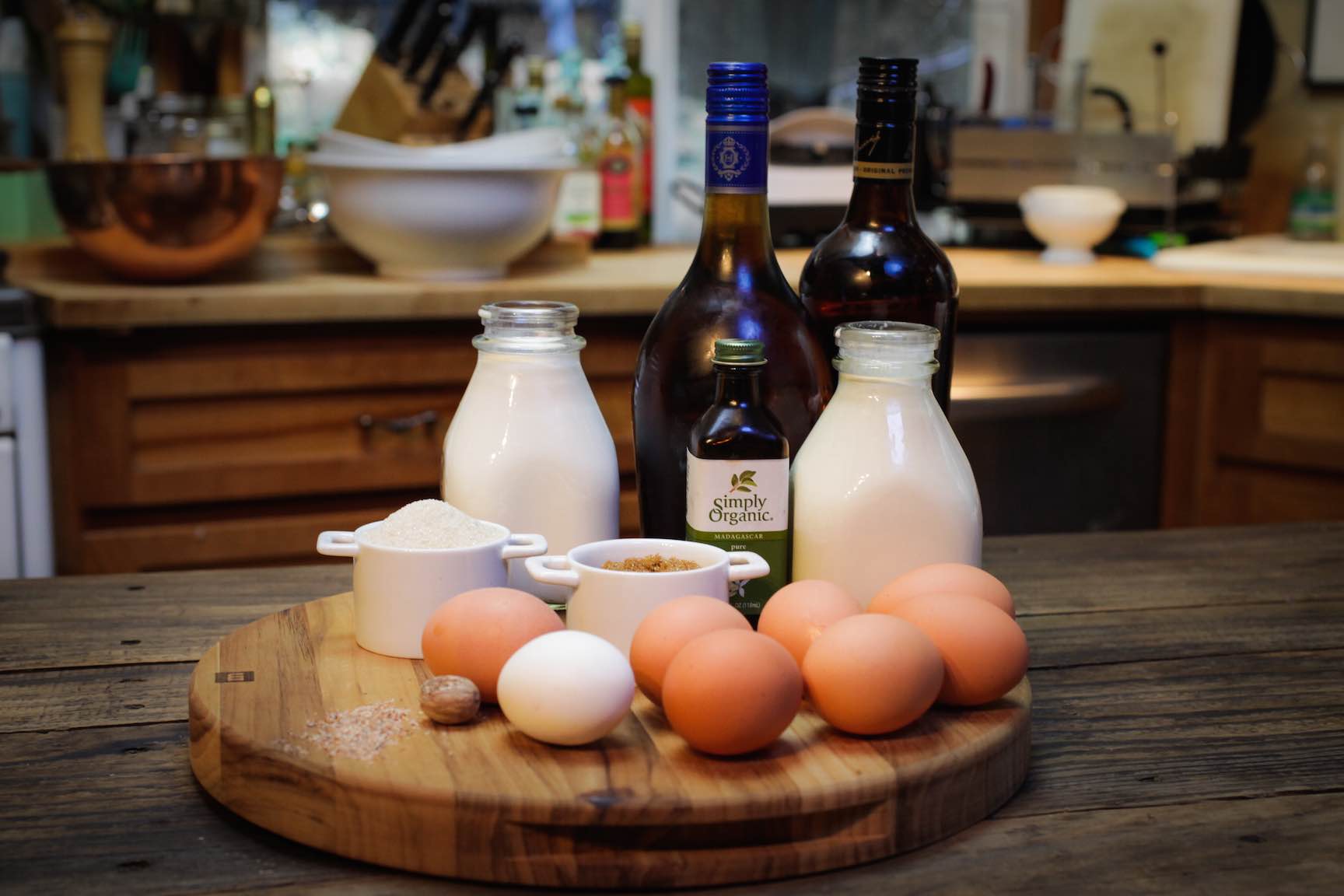
1. Whisk

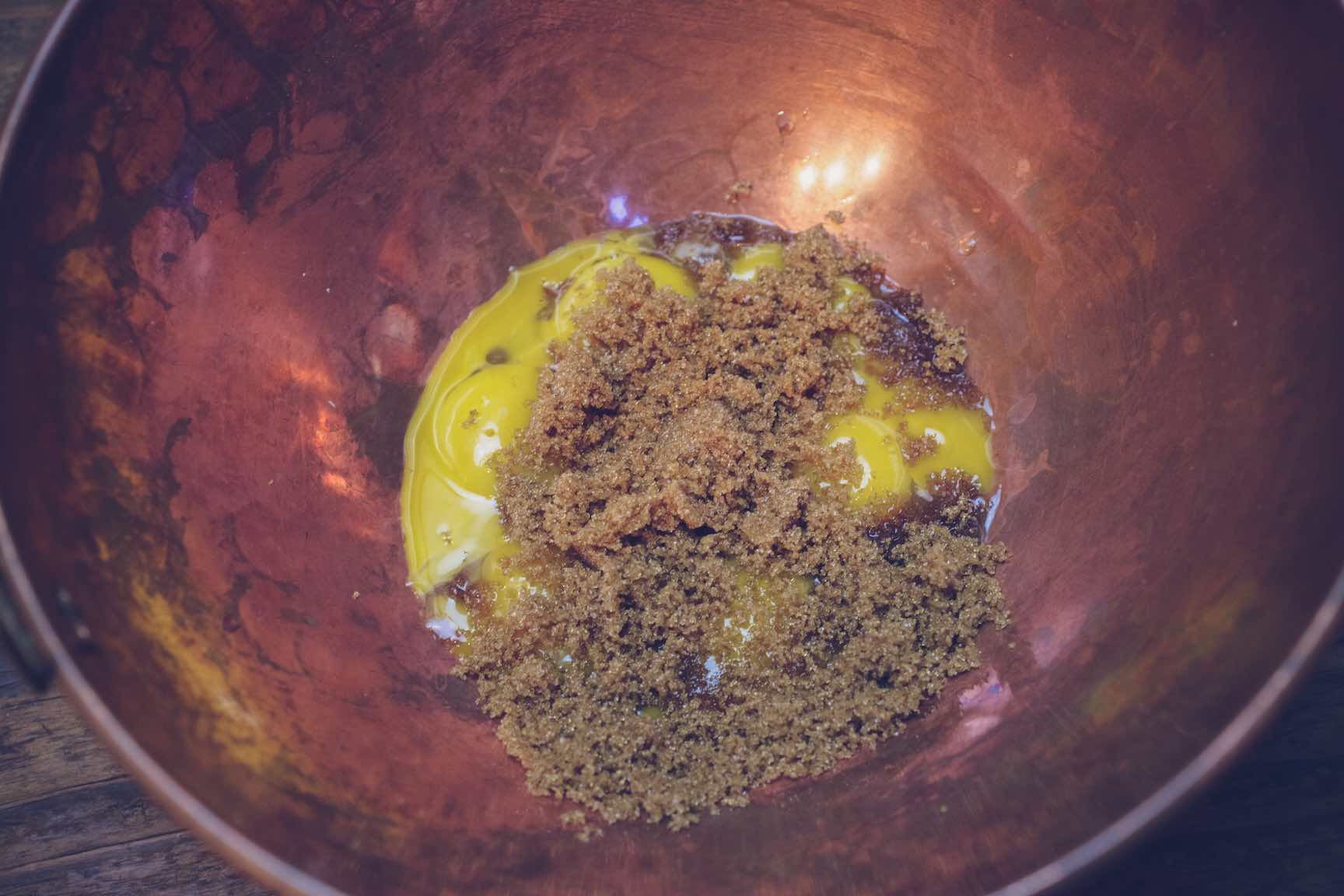


In a large bowl, whisk egg yolks, brown sugar, and salt until thickened and pale brown in color, two to three minutes. Whisk in cream and milk, followed by the brandy, rum, and vanilla.
2. Beat Egg Whites

In a separate, large clean bowl, beat egg whites with an old-fashioned beater (or an electric beater on medium speed) until soft peaks form, about two minutes.
3. Add Sugar and Whip


Gradually add granulated sugar and keep whipping until firm, glossy peaks form, one to two minutes longer. Transfer the cream mixture to a punch or serving bowl.
4. Add Eggs Whites and Ladle
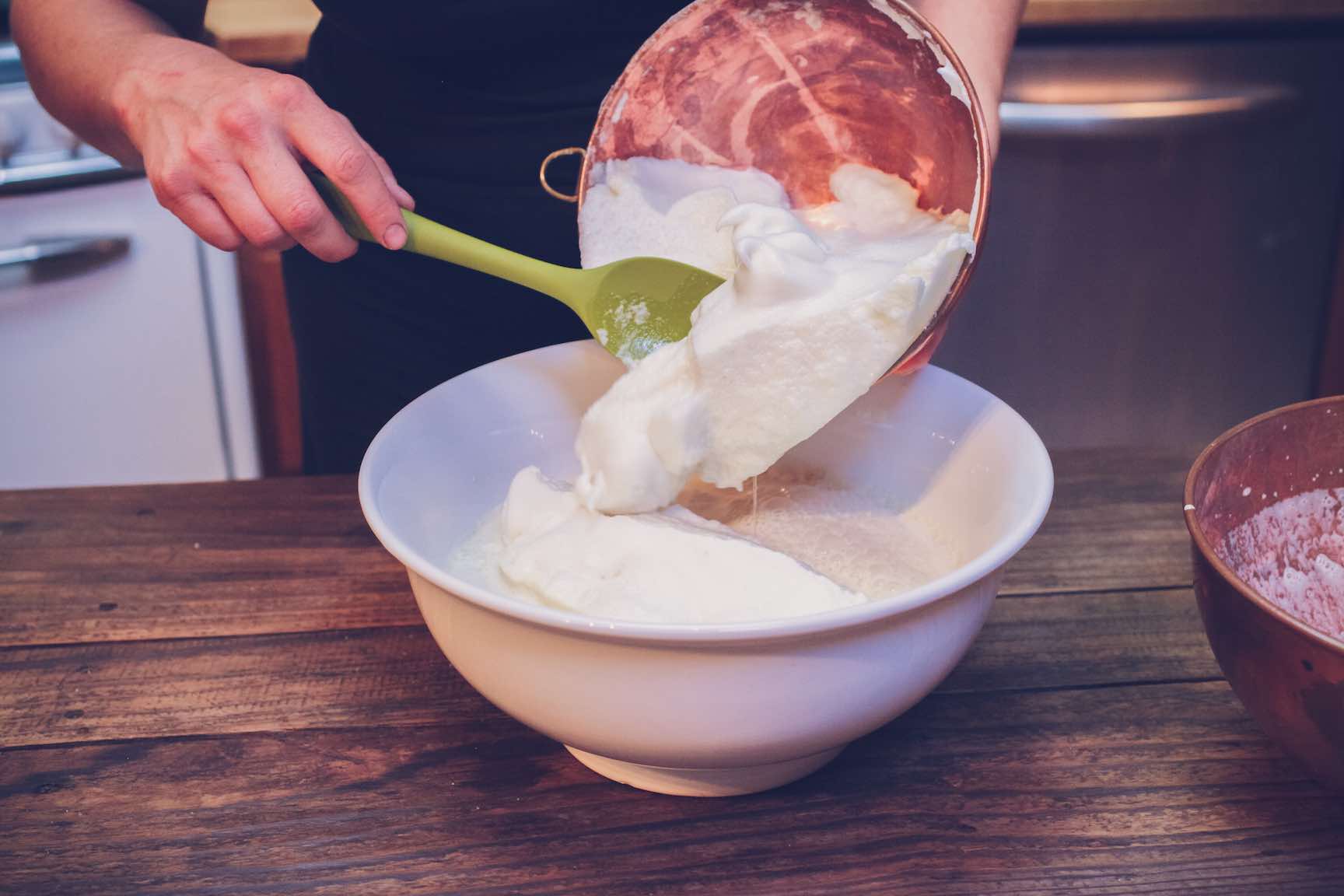

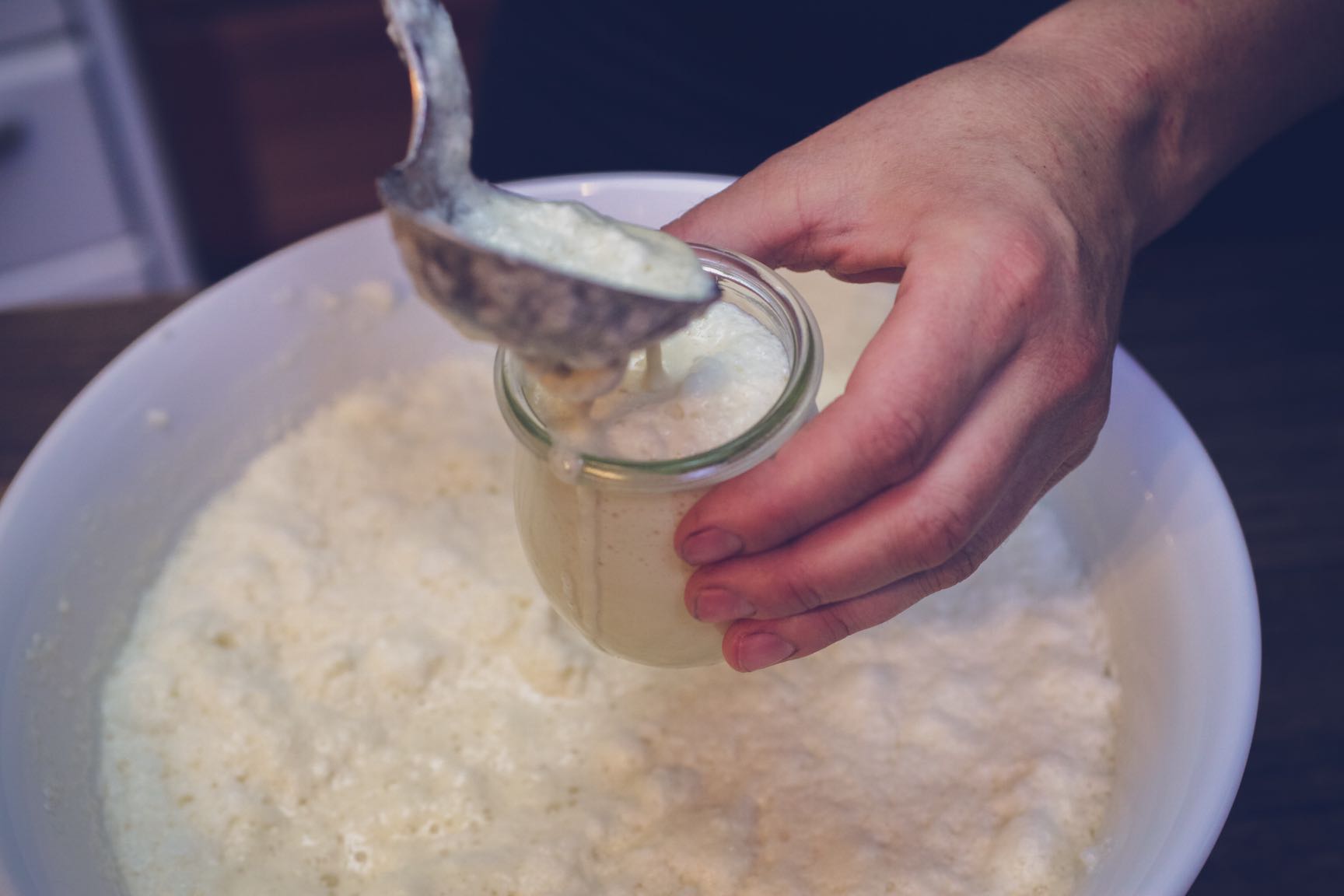
Fold in egg whites with a rubber or silicone spatula, and ladle portions into cups.
5. Serve


Sprinkle with grated nutmeg and serve. You can also decant the nog into a carafe, so that guests can pour instead of ladle their cups full.
Drink Three: Rye & Fir Old-Fashioned with Tree Syrup

Well now. What’s the signature tree of your area? If you live in our neck of the woods, it might have to be the iconic redwood. Towering in its company, however, is the also majestic Douglas fir, which happens to taste much better.
No, we don’t suggest you eat the wood! But the needles make an exquisite tea, that sells for many dollars in the health food markets. It’s good for what ails you.
Here’s a quick recipe for using the fresh fir (or pine, or spruce, or redwood) tips, to make a simple syrup, which may be used to flavor everything from kombucha to cocktails.. like an old-fashioned.
Because even the old-timers can’t argue with that… recipe from Wild Drinks & Cocktails: Handcrafted Squashes, Shrubs, Switchels, Tonics, and Infusions to Mix at Home, by Emily Han.
Part 1: Directions for Tree Syrup

Ingredients
- 1 handful of small conifer tips or needles
- 1 cup boiling water
- 1 cup sugar
1. Steep the Tea



Place the conifer tips or needles in a mason jar and pour boiling water over them. Let the tea steep anywhere from 30 minutes to overnight (We recommend overnight for the strongest flavor.)
2. Strain and Add Sugar


Strain through a fine-mesh strainer into a saucepan, discarding the solids. Add the sugar to the pan.
3. Cook and Cool
Bring to a simmer over medium-high heat, stirring to dissolve the sugar. Simmer for another minute.
Remove from the heat and let cool.
4. Funnel and Store

Funnel it into a snazzy bottle, or a pint-sized mason jar for storage in the fridge, where it will keep for up to a month.
Use it in Part 2!
Part 2: The Rye and Fir Old-Fashioned (Rye and Tree?)

Ingredients
- 1/2 ounce fir syrup, or to taste
- 2 dashes aromatic or citrus bitters
- 2 ounces rye whiskey
- Ice cubes
- Lemon or orange twist
1. Combine Syrup and Bitters

Combine the fir syrup and bitters in a glass.
2. Add Whiskey and Ice

Add whiskey and stir. Fill the glass with ice and stir again.
3. Garnish

Garnish with a twist of lemon and serve immediately.
Drink Four: Kombucha Lemon Ginger Buzz

Ingredients
- 2" peeled fresh peeled ginger, chopped
- Ice
- Juice of one lemon or lime
- 6 TBS (3 ounces) kombucha
- 6 TBS vodka
- 5 dashes bitters (like our homemade citrus bitters!)
- Twist of lemon perl, to garnish
Directions for Kombucha Lemon Ginger Buzz

1. Muddle the Ginger

Place the ginger in the bottom of a cocktail shaker and muddle, muddle, muddle it. Here, we use the Mason Shaker.
2. Fill the Shaker


Half fill the shaker with ice. Add the vodka and bitters, and shake thoroughly.
3. Add Kombucha, Strain, Garnish & Serve


Add the kombucha and shake gently, then pour the strained liquor into a chilled glass and garnish with a twist of lemon peel. Enjoy!
(The ginger, once middled, can be reused in chai, or in other cooking projects.)
Over to You
It’s part of our mission here at Mountain Feed to help you make delicious, sustainable, homemade food more often. Stop by and say hello on Facebook, Twitter, Instagram or Pinterest. Or, as always, you can do it the old fashioned way and come by the store to speak with one of our in-house experts.
